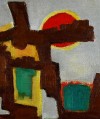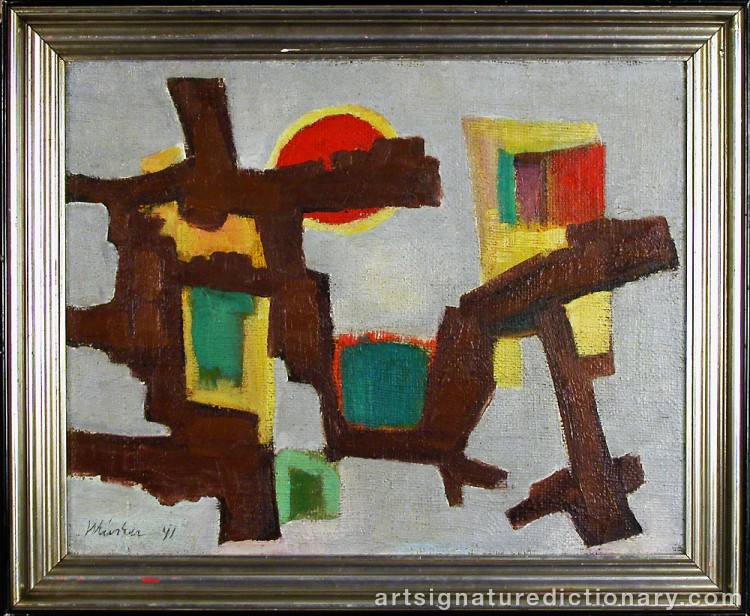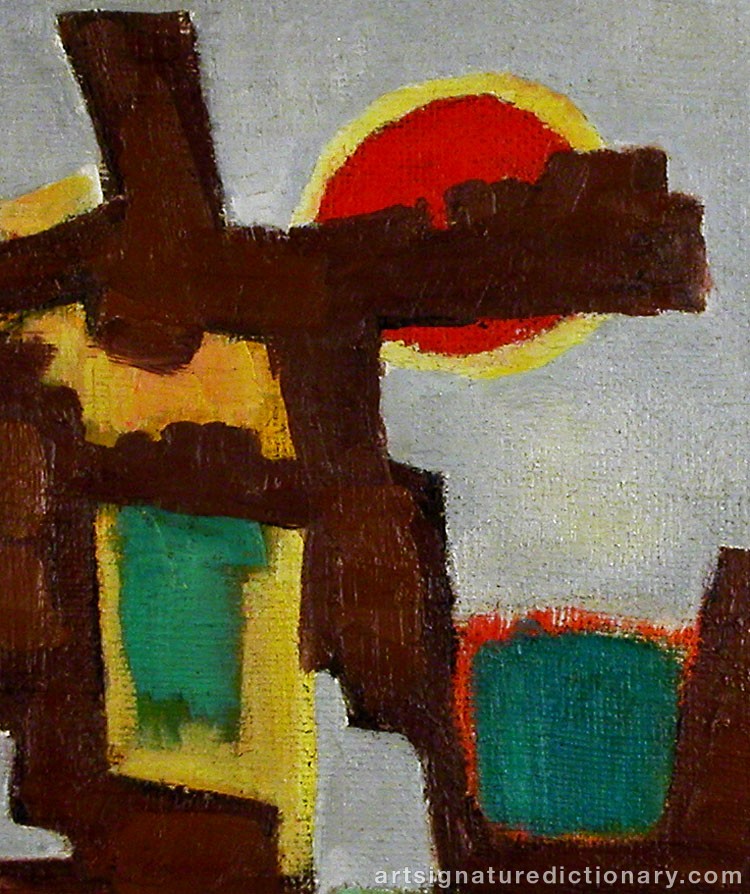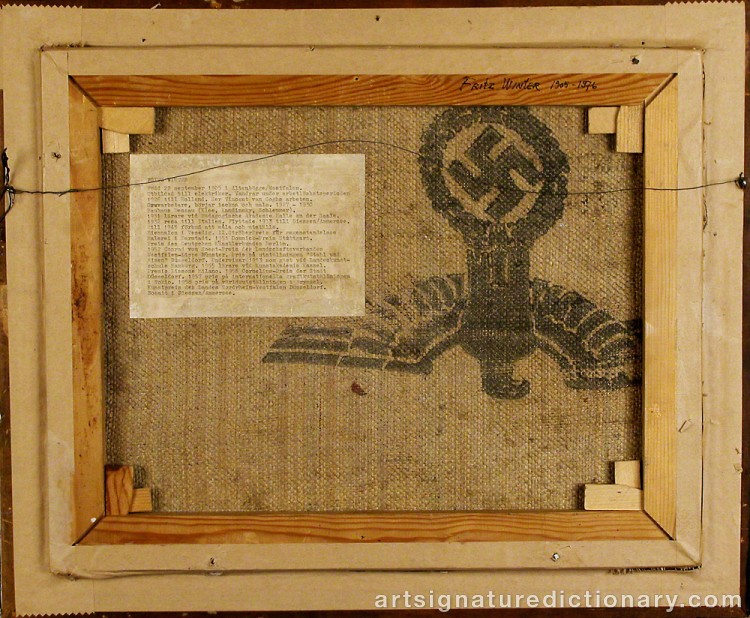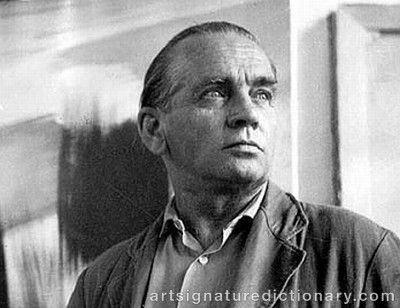
Fritz WINTER
1905–1976, Germany
Also known as: FW
Signatures & monograms
7 signatures and monograms by Fritz Winter. Compare authentic and documented counterfeit examples to study signature characteristics.

Signature proven counterfeit
Oil on canvas, 39x49 cm. The painting was confiscated from a Scandinavian Internet auction house where it had been submitted for sale. Police received a tip that the painting is a forgery. Police seized the painting and contacted Fritz Winter Haus who replied that it was undoubtedly a fake signed painting. The person who submitted the painting to the sales figures already in police custody for similar crimes, along with the people in the circle around him - the former owner and seller are known in the past dubious art sales.

Signature considered genuine

Signature considered genuine

Signature considered genuine

Signature considered genuine

Signature considered genuine

Signature considered genuine
Explore other artists
Discover other notable artists who were contemporaries of Fritz WINTER. These artists worked during the same period, offering valuable insights into artistic movements, signature styles, and authentication practices. Exploring related artists makes it easier to recognize common characteristics and artistic conventions of their era.

